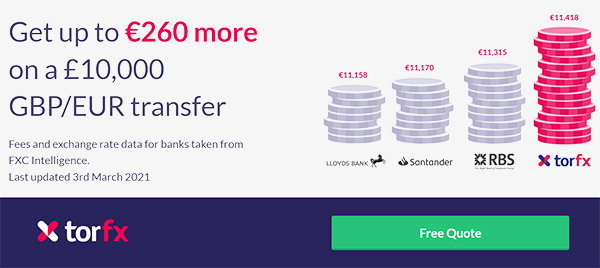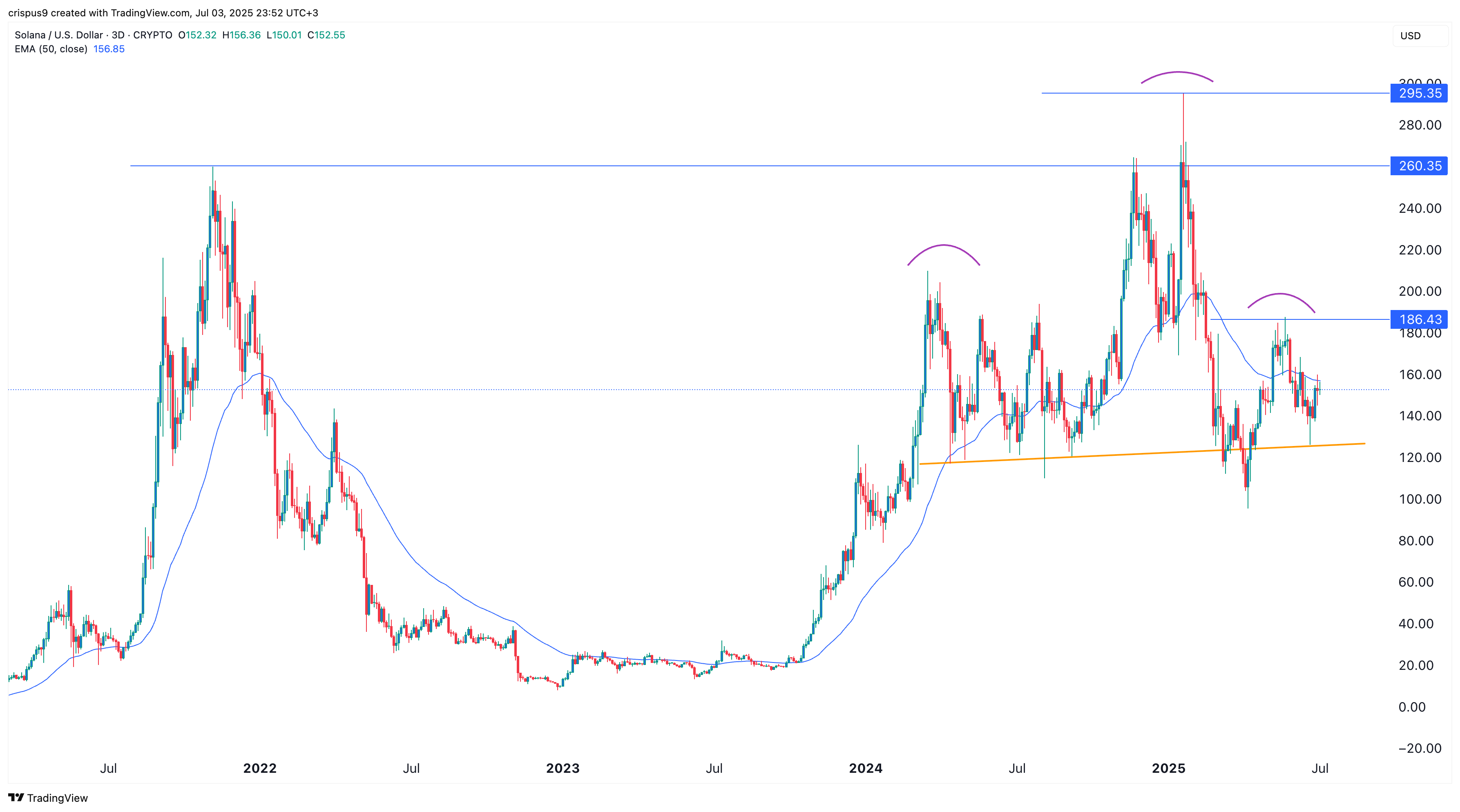Category: Forex News, News
Euro turns bullish after breaking above technical level
- EUR/USD trades above 1.1300 in the European session on Wednesday.
- The broad-based USD weakness helps the pair push higher.
- The near-term technical outlook suggests that the bullish bias remains intact.
EUR/USD preserves its bullish momentum early Wednesday and trades at a fresh two-week-high above 1.1300 after closing the second consecutive day in positive territory on Tuesday. The pair’s near-term technical picture highlights a buildup of bullish momentum.
Euro PRICE This week
The table below shows the percentage change of Euro (EUR) against listed major currencies this week. Euro was the strongest against the US Dollar.
| USD | EUR | GBP | JPY | CAD | AUD | NZD | CHF | |
|---|---|---|---|---|---|---|---|---|
| USD | -1.20% | -0.91% | -0.82% | -0.58% | -0.55% | -0.76% | -1.34% | |
| EUR | 1.20% | 0.27% | 0.44% | 0.69% | 0.78% | 0.51% | -0.14% | |
| GBP | 0.91% | -0.27% | -0.15% | 0.42% | 0.51% | 0.24% | -0.41% | |
| JPY | 0.82% | -0.44% | 0.15% | 0.25% | 0.44% | 0.27% | -0.46% | |
| CAD | 0.58% | -0.69% | -0.42% | -0.25% | 0.04% | -0.18% | -0.82% | |
| AUD | 0.55% | -0.78% | -0.51% | -0.44% | -0.04% | -0.27% | -0.90% | |
| NZD | 0.76% | -0.51% | -0.24% | -0.27% | 0.18% | 0.27% | -0.64% | |
| CHF | 1.34% | 0.14% | 0.41% | 0.46% | 0.82% | 0.90% | 0.64% |
The heat map shows percentage changes of major currencies against each other. The base currency is picked from the left column, while the quote currency is picked from the top row. For example, if you pick the Euro from the left column and move along the horizontal line to the US Dollar, the percentage change displayed in the box will represent EUR (base)/USD (quote).
The US Dollar (USD) remained under bearish pressure on Tuesday and helped EUR/USD stretch higher. The lack of progress in US-China trade relations and the political uncertainty in the US seem to be causing the USD to lose interest.
China’s Commerce Ministry said the United States’ measures on China’s advanced chips are “typical of unilateral bullying and protectionism,” adding that the US violates international law by abusing export controls to contain and suppress China. Meanwhile, the Congressional Budget Office (CBO) noted that US President Donald Trump’s tax bill, which are yet to be approved by House Republicans, could add roughly $3.8 trillion to the national debt. Earlier in the week, Moody’s announced that it downgraded the US’ sovereign credit rating to ‘AA1’ from ‘AAA’, citing concerns about the unsustainable deficit.
Meanwhile, European Central Bank Governing Council member Klaas Knot said on Tuesday that the medium-term inflation outlook is too uncertain to say whether the ECB needs to cut key rates again in June.
Investors will pay close attention to political developments in the US and headlines surrounding geopolitics in the second half of the day. If House Republicans pass Trump’s bill, the USD could find some demand with the immediate reaction. However, such a decision could feed into debt fears and make it difficult for the USD to gather strength sustainably. Additionally, a re-escalation of US-China trade tensions could trigger another leg lower in the USD and allow EUR/USD to extend its weekly rally.
EUR/USD Technical Analysis
EUR/USD climbed above 1.1270, where the 100-period Simple Moving Average (SMA) on the 4-hour chart, the Fibonacci 38.2% retracement of the latest uptrend and the 50-period SMA converge. Additionally, the Relative Strength Index (RSI) indicator climbed above 60, reflecting a buildup of bullish momentum.
On the upside, interim resistance seems to have formed at 1.1340 (static level) before 1.1380 (Fibonacci 23.6% retracement) and 1.1430 (static level). Looking south, supports could be spotted at 1.1270, 1.1200 (static level, round level) and 1.1170 (Fibonacci 50% retracement).
Euro FAQs
The Euro is the currency for the 19 European Union countries that belong to the Eurozone. It is the second most heavily traded currency in the world behind the US Dollar. In 2022, it accounted for 31% of all foreign exchange transactions, with an average daily turnover of over $2.2 trillion a day.
EUR/USD is the most heavily traded currency pair in the world, accounting for an estimated 30% off all transactions, followed by EUR/JPY (4%), EUR/GBP (3%) and EUR/AUD (2%).
The European Central Bank (ECB) in Frankfurt, Germany, is the reserve bank for the Eurozone. The ECB sets interest rates and manages monetary policy.
The ECB’s primary mandate is to maintain price stability, which means either controlling inflation or stimulating growth. Its primary tool is the raising or lowering of interest rates. Relatively high interest rates – or the expectation of higher rates – will usually benefit the Euro and vice versa.
The ECB Governing Council makes monetary policy decisions at meetings held eight times a year. Decisions are made by heads of the Eurozone national banks and six permanent members, including the President of the ECB, Christine Lagarde.
Eurozone inflation data, measured by the Harmonized Index of Consumer Prices (HICP), is an important econometric for the Euro. If inflation rises more than expected, especially if above the ECB’s 2% target, it obliges the ECB to raise interest rates to bring it back under control.
Relatively high interest rates compared to its counterparts will usually benefit the Euro, as it makes the region more attractive as a place for global investors to park their money.
Data releases gauge the health of the economy and can impact on the Euro. Indicators such as GDP, Manufacturing and Services PMIs, employment, and consumer sentiment surveys can all influence the direction of the single currency.
A strong economy is good for the Euro. Not only does it attract more foreign investment but it may encourage the ECB to put up interest rates, which will directly strengthen the Euro. Otherwise, if economic data is weak, the Euro is likely to fall.
Economic data for the four largest economies in the euro area (Germany, France, Italy and Spain) are especially significant, as they account for 75% of the Eurozone’s economy.
Another significant data release for the Euro is the Trade Balance. This indicator measures the difference between what a country earns from its exports and what it spends on imports over a given period.
If a country produces highly sought after exports then its currency will gain in value purely from the extra demand created from foreign buyers seeking to purchase these goods. Therefore, a positive net Trade Balance strengthens a currency and vice versa for a negative balance.
Written by : Editorial team of BIPNs
Main team of content of bipns.com. Any type of content should be approved by us.
Share this article:









